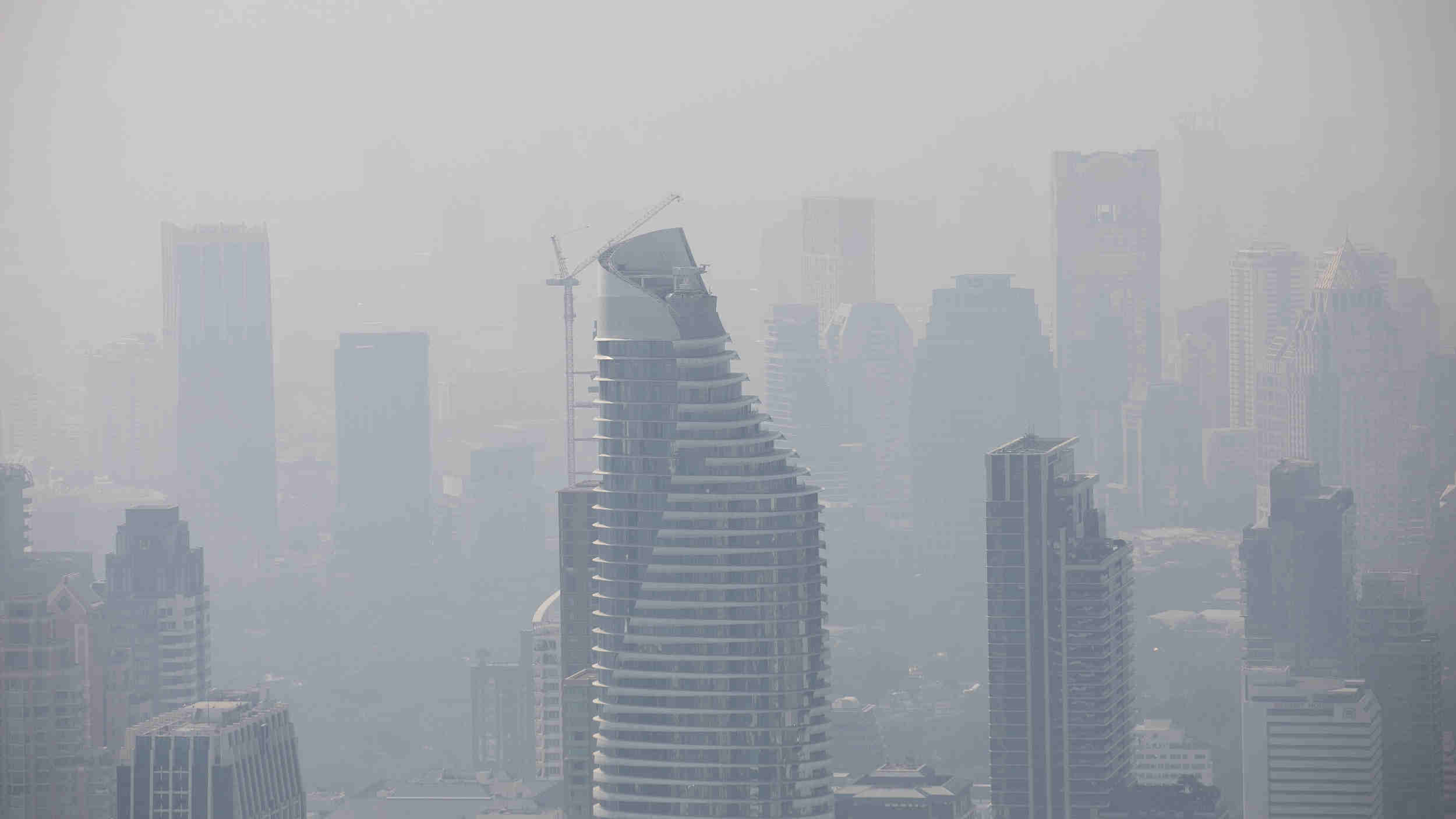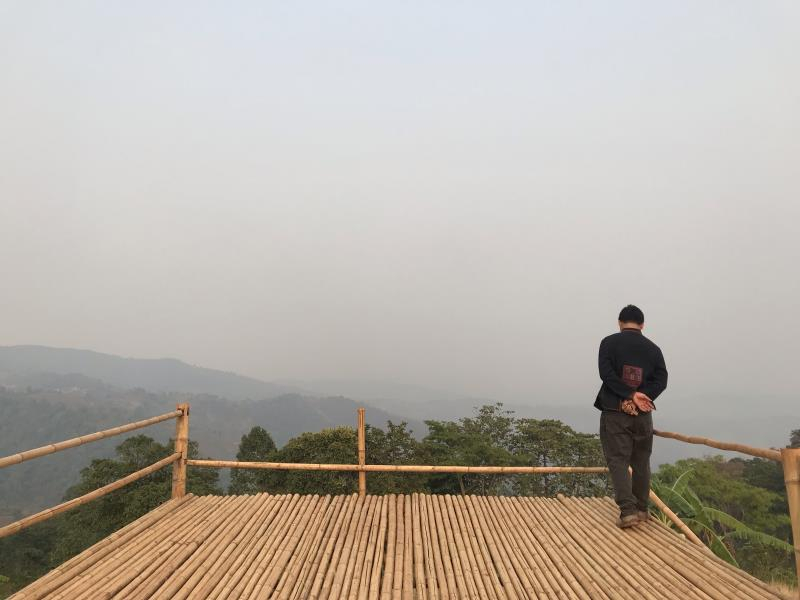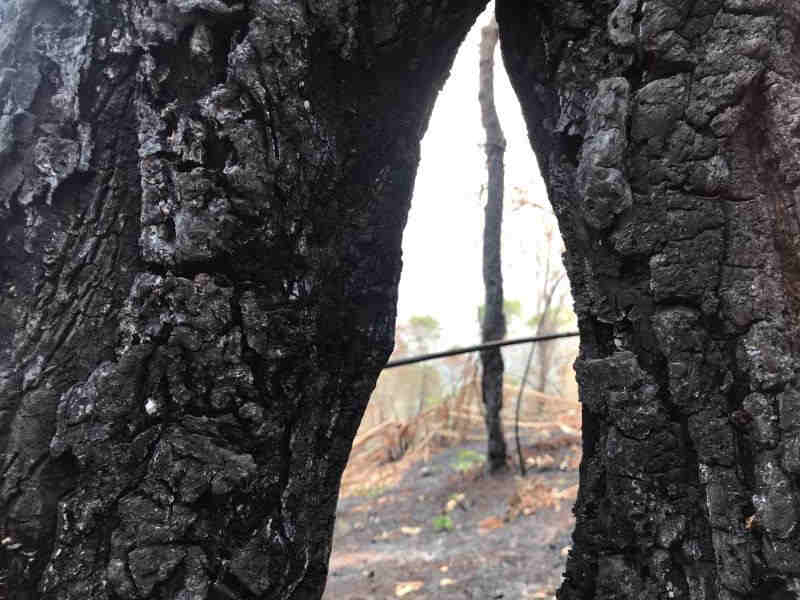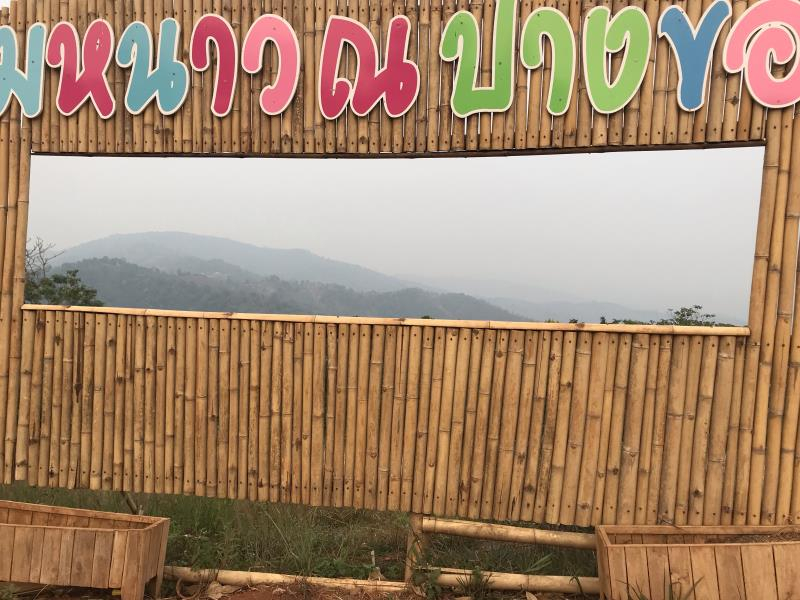
Environment
10:53, 06-Apr-2019
Haze hits northern Thailand
By Tony Cheng

Northern Thailand has recorded extremely high levels of air pollution in the past week, making it one of the most polluted places in the world, with levels of fine particulate matter (PM2.5) equivalent to smoking 40 cigarettes a day.
And flying into Chiang Rai, the cloud cover now melts seamlessly into the smog that blankets the whole of northern Thailand.
Further west, visibility is so poor that Mae Hong Son airport was forced to close temporarily, and 40 flights have been grounded since late February.

The Akha tribe chief looks at the smog-bound landscape above Chiang Rai. /CGTN Photo
The Akha tribe chief looks at the smog-bound landscape above Chiang Rai. /CGTN Photo
Smoldering problem
Smog is a problem that hits the north of Thailand every year, as fires in the hills easily spread unchecked after long dry spells.
But this year the hills are drier than usual after an exceptionally arid season that has turned the lush jungle into tinder.
The terrain is hard to access for firefighters poorly equipped and lacking in manpower.
Huge clouds of haze have also blown across the border from Myanmar and Laos where fields are burned unchecked, and vast swaths of jungle cleared by farmers using "slash and burn" techniques.

Burnt hillside in Chiang Rai. /CGTN Photo
Burnt hillside in Chiang Rai. /CGTN Photo
Poor response
Thailand's prime minister responded with characteristic bluntness when he visited the region earlier this week.
“Today I want everyone to have the strong will to solve this problem within seven days. In seven days it must decrease as much as possible,” said General Payuth Chan Ocha to an audience of soldiers and civilian workers drafted to respond to the crisis.
But Thailand has shown itself to be poorly equipped in resources and ideas when faced with high levels of air pollution in Bangkok earlier in the year, and now in the north.
Fire trucks and huge fans spraying fine jets of water have made little impact on air quality readings that are regularly recording levels deemed "extremely hazardous" by the World Health Organization.
Health threat
At Chiang Rai Rajabhat University, specialist air monitoring equipment sits on the lawn outside the Public Health facility recording levels more familiar to those who live in highly industrialized zones.
“There are forest fires every year," said Professor Supan Vanichparinyakul.
“But this year, in particular, they have increased enormously, especially at the border areas. And we measure high levels of PM 2.5 pollution every day. That's why people are so alarmed”.
Those levels of PM2.5 pollution are responsible for shortening the lives of children by 20 months, the State of Global Air 2019 report said. Released last week, the report claims poor air quality is now killing more people than alcohol, drugs or malnutrition.

Scenic viewpoint obscured by haze. /CGTN Photo
Scenic viewpoint obscured by haze. /CGTN Photo
Staying away
In Chiang Rai's central market, many residents are trying to protect themselves with face masks when they shop.
But this is an important time, with the annual Songkran holiday approaching, when many Thais flee the sweltering plains for a more temperate climate in the north.
Tourism is also a mainstay of the local economy, with visitors from China especially flocking in the millions to a region famed for its natural beauty and wilderness.
Now, instead of cool breezes, toxic smog awaits, and many are choosing to stay away.

SITEMAP
Copyright © 2018 CGTN. Beijing ICP prepared NO.16065310-3
Copyright © 2018 CGTN. Beijing ICP prepared NO.16065310-3